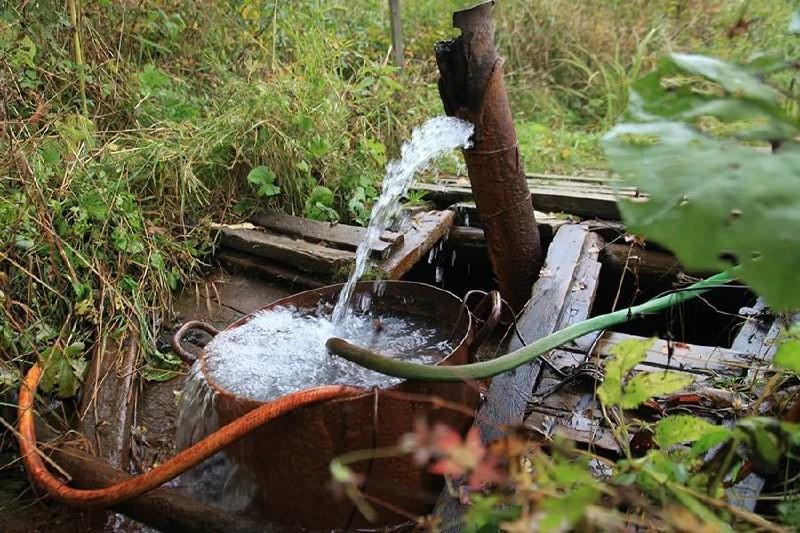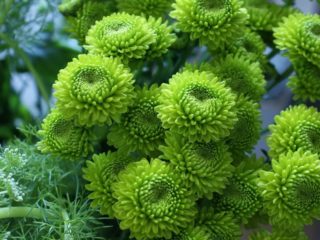Content
Any flower crop needs a sufficient amount of moisture to grow foliage and form buds. Peonies are one of the most moisture-loving flowers. They do not tolerate drought, they begin to wither and get sick. Properly selected water contains the nutrients necessary for the successful development of the crop. To grow gorgeous fragrant bushes, you should familiarize yourself with how to water peonies.
How often to water peonies

Proper watering is the most important stage in crop care
Peonies are considered easy-care plants, but this rule does not apply to moisture. Flowering bushes especially need moisture. When they fade, they need to regain their strength, and during this period, water is also necessary. Regular irrigation with the addition of the required amount of liquid guarantees lush flowering in the coming season, since it is at this time that future flower stalks are laid. To determine the watering schedule, rely on the weather and time of year.
Watering peonies in spring
Spring irrigation is important for the active growth of peonies and the rapid formation of buds.The first watering of the new growing season usually begins at the end of March or beginning of April, when the snow thaws. During the same period, winter shelters are removed. It is advisable to add a little potassium permanganate to the water - 2-3 g per 10 liters. Each bush will need 3 buckets of water. The addition of potassium permanganate is necessary to stimulate growth, development of peonies, and strengthen the root system. This water also protects the plant from rot and fungal infections.

By watering plants with water containing potassium permanganate, the process of bud formation is activated.
Watering peonies in summer, in the heat
The frequency of summer watering is affected by weather conditions. If the summer turns out to be cool and rainy, the bushes will not need additional moisture at all. Atmospheric moisture will be enough for them. In the first half of June, watering is especially important, as well as after flowering. In July, the plant lays buds for the next season. Therefore, in summer, peonies require a lot of moisture. During drought, peony crops need watering once a week. For each bush you need three buckets of liquid.
Do I need to water peonies after transplanting in the fall?
In the fall, preparations for the winter season begin, when peonies are in hibernation. The exact timing depends on the climate in the region. You can’t stop watering suddenly; you should do it gradually. The quantity and quality of buds in the next season depends on this, since the crop needs enough moisture to form buds. Autumn watering is stopped gradually by reducing the volume of water from 10 liters to 5 liters.

They stop adding moisture by the 20th of October, after the buds have formed.
Then the peony goes into a state of rest.
What water to water
For peonies to bloom magnificently, they need to be watered with water at room temperature. Cold liquid should not be used.It is optimal to take clean liquid without chemical additives.
- Spring or well. Clean water from wells is the best solution for watering peonies. Then the quality of the soil will noticeably improve and the amount of chemicals needed for its treatment will be reduced. Plants can be watered with a hose, but make sure that the pressure is not too strong so as not to damage the bushes.
- Rainy. This is also an excellent option for watering peonies. Such water contains sediments, which enrich it with microelements and natural nutrients. It has a low concentration of salts, it is soft, ideal for peony bushes. But for residents of regions with high levels of pollution, this is a bad option. Then there will be a lot of contaminants in the rainwater. It is not suitable for watering peonies. You can take water from the tap, but let it sit so that the chlorine content has time to evaporate.
- Defended. Water for watering peonies should be soft, preferably filtered or distilled. The liquid from the municipal water supply contains a lot of chlorine, fluorine and other chemical impurities that negatively affect the growth and development of flower crops. If water is taken from the tap, you need to leave it in the sun for 2-3 hours.
Due to the fact that the crop prefers neutral or slightly acidic soils, the bushes should be irrigated with a liquid with a pH level of 6.5 to 7.5. This indicator must be monitored regularly to maintain optimal conditions required for the growth and development of flowers.

It will be convenient to place the hose in a water source for watering bushes
Watering rules
In order for peony bushes to enjoy lush flowering for a long time and not get sick, you need to water them correctly. To do this, it is better to familiarize yourself with the recommendations of experienced gardeners:
- An adult peony bush will need 30 liters of water per watering. You should not pour more liquid, as this can wash out the soil and expose the root system. Then you will need to additionally mulch the root zone of the peonies.
- Moisture should be applied in the morning before sunrise or after sunset. Then it will be safely absorbed into the ground and will not evaporate in the sunlight.
- It is important to avoid getting liquid on the buds and foliage. This is fraught with rotting and sunburn.
- Water should be poured at the root, trying to moisten all the soil around the plant.
- During the flowering period, peonies need more intensive watering. Then it will be possible to extend the preservation time of magnificent flowers.
- After watering, you need to loosen the soil surface around the root zone to improve aeration. The soil should be loosened carefully, using half a shovel, so as not to damage the root system.
If you follow these simple rules, you will be able to provide optimal conditions for the growth and development of peony bushes.
Conclusion
If you water peonies correctly and use suitable water, the crop will reward you with lush, beautiful flowers. They will last a long time when cut. Well-hydrated plants are less likely to be susceptible to disease and actively develop. You cannot suddenly stop watering in the fall; you need to gradually reduce it until the buds form for the next growing season. Spring, well, rain or filtered water should be used. If it is tap water, you need to stand outside until the liquid reaches the right temperature.








